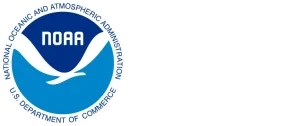Monitoring Platforms
We observe the global ocean through a suite of observing and monitoring tools that makes ocean research possible.
Image Credit: NOAA/PMEL
80% of the ocean remains unobserved and unexplored
NOAA’s Global Ocean Monitoring and Observing Program (GOMO) has the distinct mission of supporting ocean observations to improve our understanding of the ocean’s role in environmental change – which is becoming increasingly important as we study climate change.
Through research supported by GOMO and NOAA, we have made important strides in our understanding of trends in ocean heat storage, carbon dioxide uptake, the Earth’s energy imbalance and more.
How we study the ocean's role in climate
NOAA supports a suite of ocean observing and monitoring tools (also called instruments or platforms) that allows researchers to study changes in the ocean.
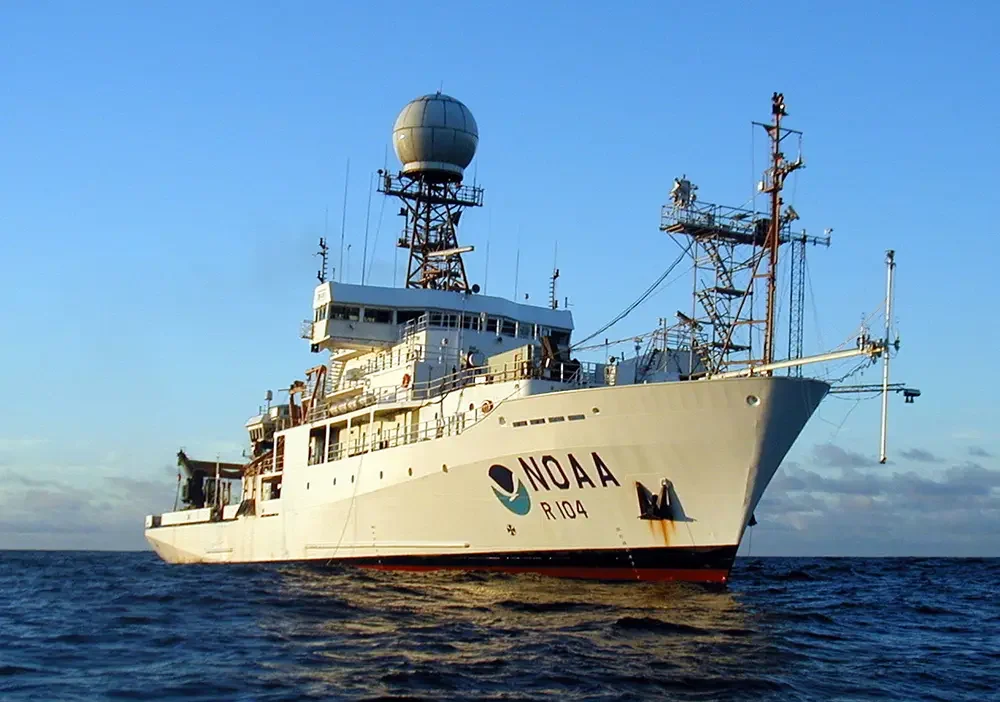
Research Vessels
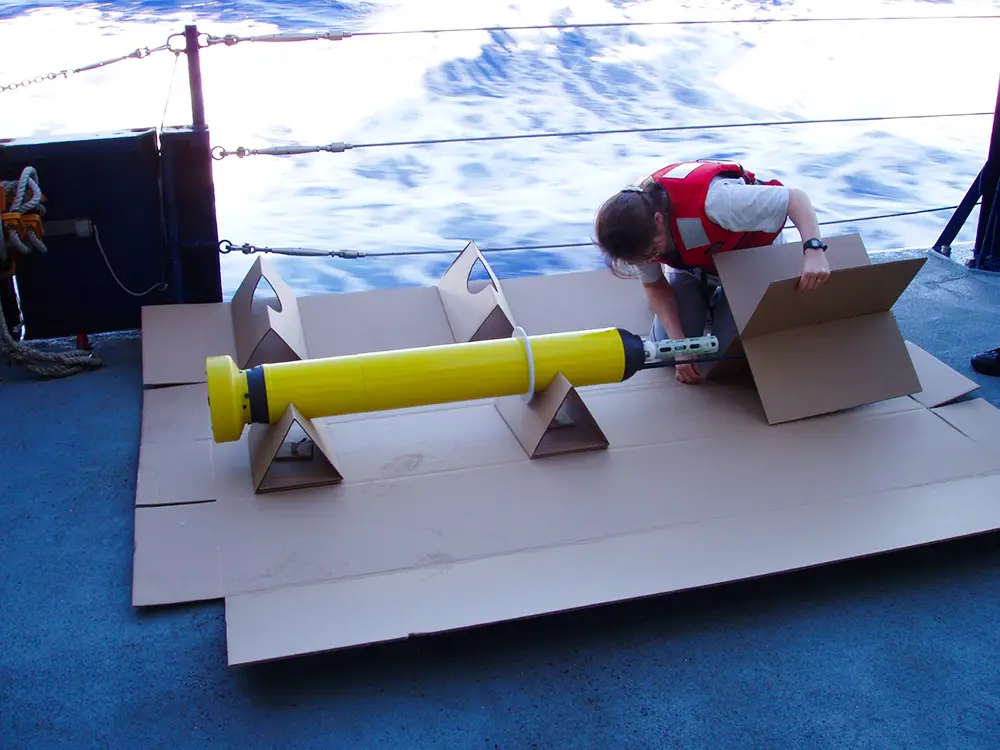
Argo Floats
Argo floats are robotic profiling floats that measure the temperature and salinity of the upper 2,000 meters (1.2 miles) of the ocean. Argo floats work on a 10-day cycle. After 10 days, the floats rise to the ocean surface and send their data to satellites.

Surface Drifters
More than 1,300 satellite-tracked surface drifting buoys currently drift with ocean currents, collecting data on sea surface temperature, currents, atmospheric pressure, winds, waves, and salinity.
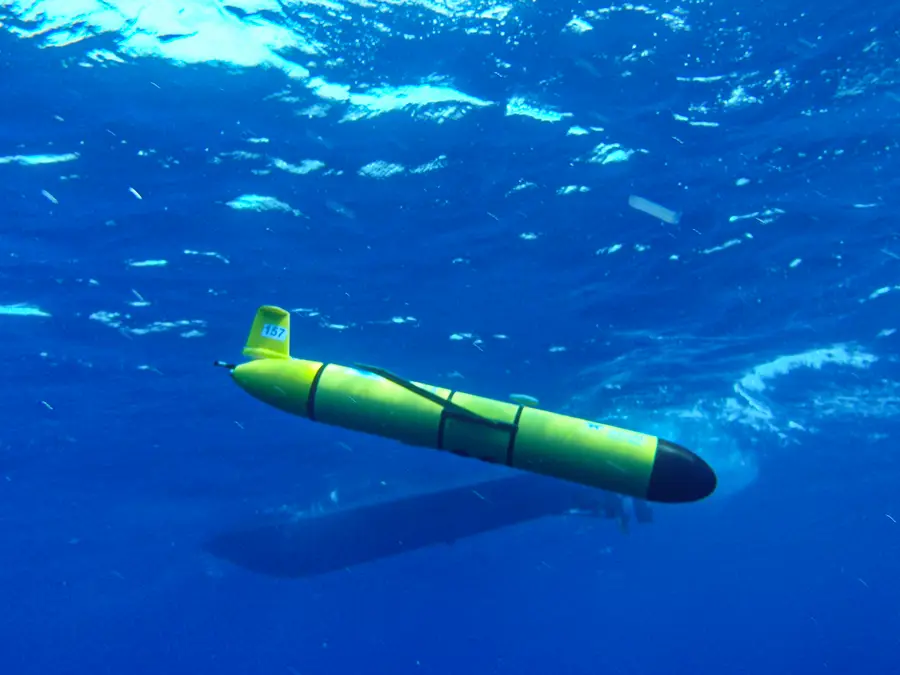
Autonomous Vehicles
Autonomous vehicles such as Saildrones and underwater gliders are remotely-operated vehicles that collect long-term measurements from the ocean and atmosphere.
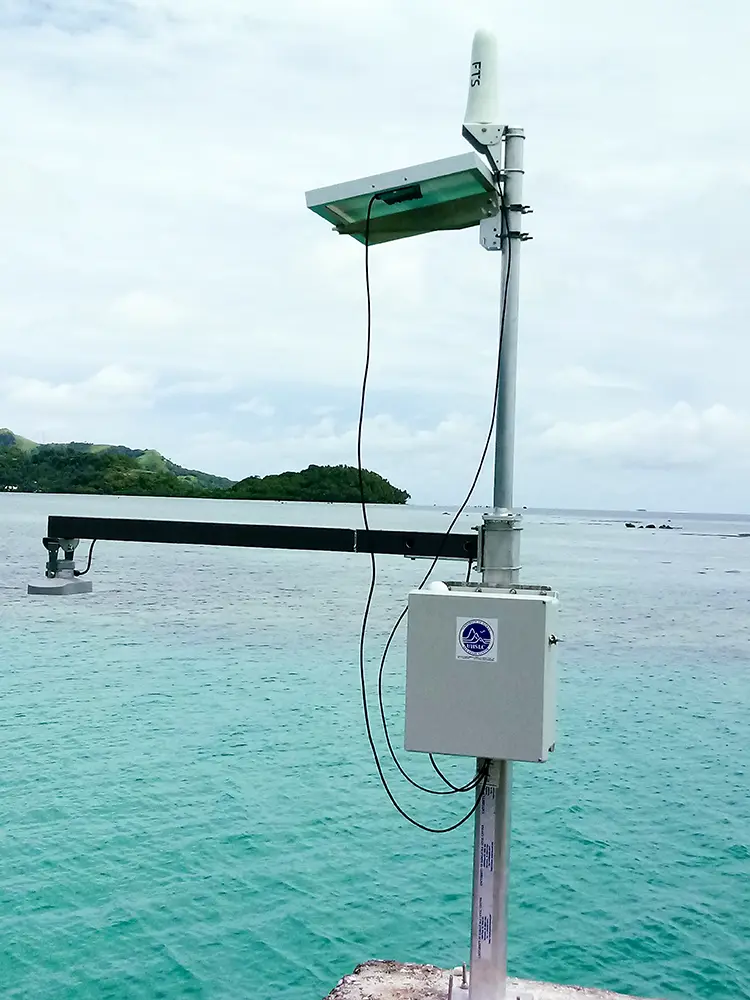
Global Tide Gauges
Tide gauges around the world measure how sea level is rising. Sea level data is useful for coastal protection during extreme events; tide tables for commercial and recreational use; and research into sea level change and ocean circulation.

Moored Buoys
Buoys, like the ones in the OceanSITES network, are fixed to the seafloor and float at the ocean surface. They feature sensors and gauges that measure precipitation, wind conditions, and more!
Latest News
We Support the Advancement of Ocean Science
GOMO provides support for institutions from around the country that foster advancements in understanding and protecting our global oceans. View the research projects that impact people, ecosystems, and the economy.
